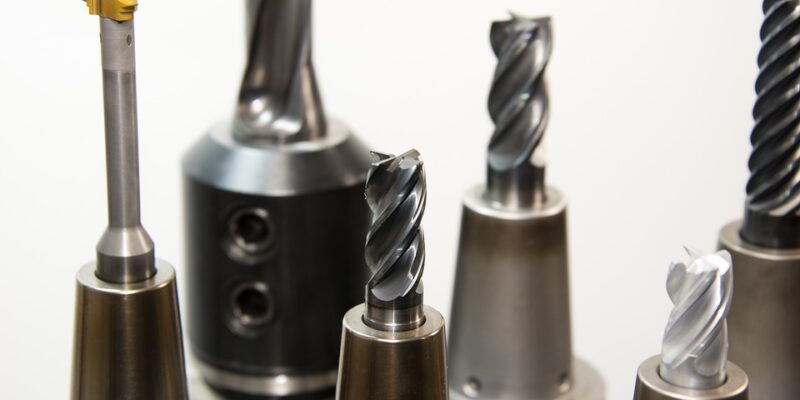Achieving Realism in Your Posing
Introduction
When it comes to creating realistic poses in your artwork, attention to detail is key. Whether you’re working on a character design, a portrait, or a still life arrangement, capturing natural poses can make your work come to life. To achieve realism in posing, it’s important to have the right tools at your disposal. In this article, we’ll explore some tips and techniques for achieving realism in your poses using the right tools.
The Importance of Realism in Posing
Realism in posing is crucial for creating believable and dynamic artwork. A well-posed figure or subject can convey emotion, movement, and personality in a way that static, poorly-executed poses simply cannot. Realistic posing can draw the viewer into your artwork and make them feel like they are a part of the scene. By paying attention to the details of posing, you can elevate your artwork to a new level of sophistication and realism.
Using Reference Materials
One of the best tools for achieving realism in posing is reference materials. Whether you’re working from life, photographs, or images from the internet, having a visual reference can help you accurately capture the nuances of a pose. When using reference materials, pay attention to the body’s proportions, angles, and gestures. Study how the muscles and joints move in different poses and how light and shadow interact with the body. By studying reference materials, you can gain a better understanding of how the body moves and how to capture that movement in your artwork.
Posing Mannequins
Posing mannequins are another invaluable tool for achieving realism in your poses. Mannequins come in a variety of sizes and shapes, making them ideal for practicing different poses and capturing anatomical accuracy. By using a posing mannequin, you can study how the body moves in three-dimensional space and experiment with different angles and compositions. Posing mannequins can also help you understand how weight is distributed in different poses and how to create balanced compositions in your artwork.
Posing Apps
In today’s digital age, posing apps have become a popular tool for artists looking to achieve realism in their poses. Posing apps allow you to create and manipulate 3D models in various poses, making it easy to experiment with different compositions and angles. By using a posing app, you can study how the body moves from every angle and practice capturing dynamic poses in your artwork. Posing apps can also help you understand how light and shadow interact with the body, allowing you to create more realistic and nuanced compositions.
Life Drawing Classes
Attending life drawing classes is another excellent way to improve your posing skills and achieve realism in your artwork. Life drawing classes provide you with the opportunity to draw from a live model, allowing you to study the human form in real-time. By drawing from life, you can practice capturing the natural movement and gestures of the body, as well as study how light and shadow interact with the figure. Life drawing classes can help you improve your observational skills and develop a deeper understanding of the human form, leading to more realistic and dynamic poses in your artwork.
Conclusion
Achieving realism in your posing is essential for creating believable and dynamic artwork. By using the right tools, such as reference materials, posing mannequins, posing apps, and attending life drawing classes, you can improve your posing skills and elevate your artwork to a new level of sophistication. Paying attention to the details of posing, such as body proportions, angles, and gestures, can help you capture the natural movement and emotion of the figure. With practice and dedication, you can achieve realism in your posing and create artwork that truly comes to life.
